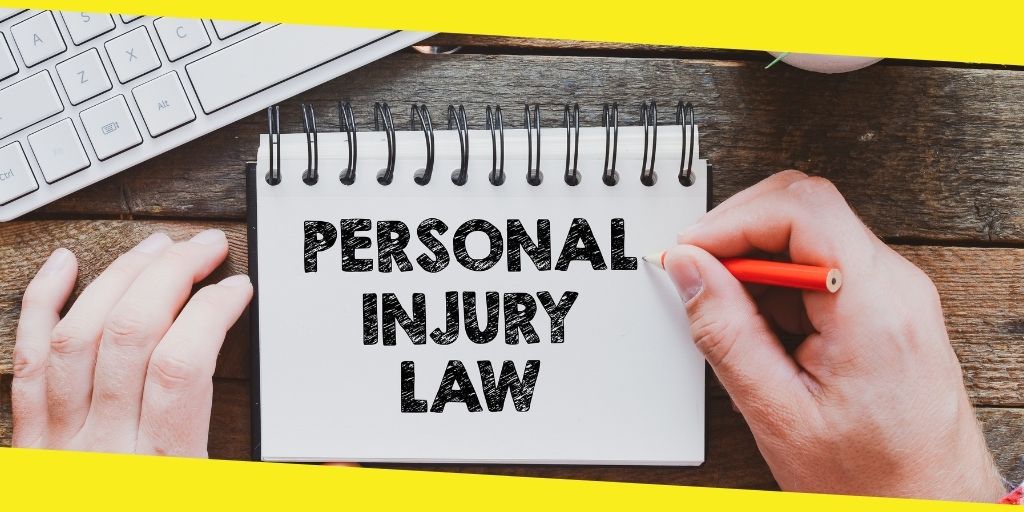Quick Guide to Understanding Personal Injury Law

Personal injury law is the part of the law that manages cases where one party makes another party endure harm, often because of negligence. This article will help you understand the essential issues included and the motivations to hire a personal injury lawyer in Marietta.
Regardless, individuals can be harmed because of an accident on numerous events; however, not these cases fit the bill for a claim under personal injury law. Notwithstanding the kind of accident that has happened, some general conditions should be met all together for a harmed individual to meet all requirements for a personal injury claim.
To begin with, it should be set up that one party (the defendant) had a lawful “duty of care” to the next party (the plaintiff). Sometimes, the duty of care to one individual is by and mostly clear. In different cases, the task of care isn’t generally so straightforward and will probably require broad exploration by an accomplished legitimate group to decide.
It should then be indicated that the Respondent didn’t sensibly play out the Petitioner’s duty of care. Likewise, with any remaining personal injury law issues, this is a messy inquiry that should be left to an experienced personal injury lawyer in Marietta to determine. Consistency is a crucial issue in deciding if a duty of care has been penetrated. To record a lawsuit, it should commonly be resolved that the imperfection or risk that caused the plaintiff’s injury might have been anticipated and dodged or forestalled if the defendant had acted sensibly.
The last condition that should be met is that an injury happened as an immediate consequence of the defendant’s inability to satisfy their duty of care, which is often alluded to as negligence regarding a personal injury lawsuit. These wounds, which can be physical, enthusiastic, or mental, are called emotional injury damages. A harmed party may get pay for these damages if their injury claim is fruitful.
The reason for a personal injury lawsuit is to reestablish the harmed individual to the state they were in before the accident happened. There are two primary sorts of emotional injury damages: pecuniary, or economic, and non-pecuniary, or damages which can’t be estimated simply by dollars.
Economic damages in a personal injury lawsuit, for the most part, start with medical bills, which can incorporate specialist visits, medical procedures, medical gadgets, solutions, and the expense of any significant rehab. Wages lost because of time away from work is another regular harm and can incorporate past wages or potential future income, which may have been influenced or lost because of limitations brought about by the wounds. Property harm is another everyday economic harm, especially in the case of an engine vehicle accident.
Non-economic damages can be paid out to harmed plaintiffs who have been influenced by their wounds in a manner that is hard to gauge in cash. Non-economic damages incorporate agony and enduring, mental misery or intense pain, and a decreased capacity to appreciate life how you once did. Pay also exists for family connections that have been adversely influenced by the ‘loss of consortium’.
There is a third sort of damages called ‘reformatory damages.’ Punitive damages are intended to go about as an obstacle in situations where the defendant’s activities were especially wild. These kinds of damages are very uncommon in a typical personal injury case.
The time furthest reaches that a harmed individual has to document a lawsuit is known as the ‘statute of limitations.’ The statute of limitations on a personal injury lawsuit relies upon the express the accident happened in and can be somewhere in the range of 1 to 10 years after the accident date. However, 2-3 years is generally average. For cases including government elements, it should be noticed that the statute of limitations can be essentially more limited.
Recommended For You
What Should You Do Immediately After a Boating Accident in Miami
Most Inside
Most Inside offers high-quality recommendations and valuable updates to enhance all aspects of your life, providing premium guidance and enriching experiences.




